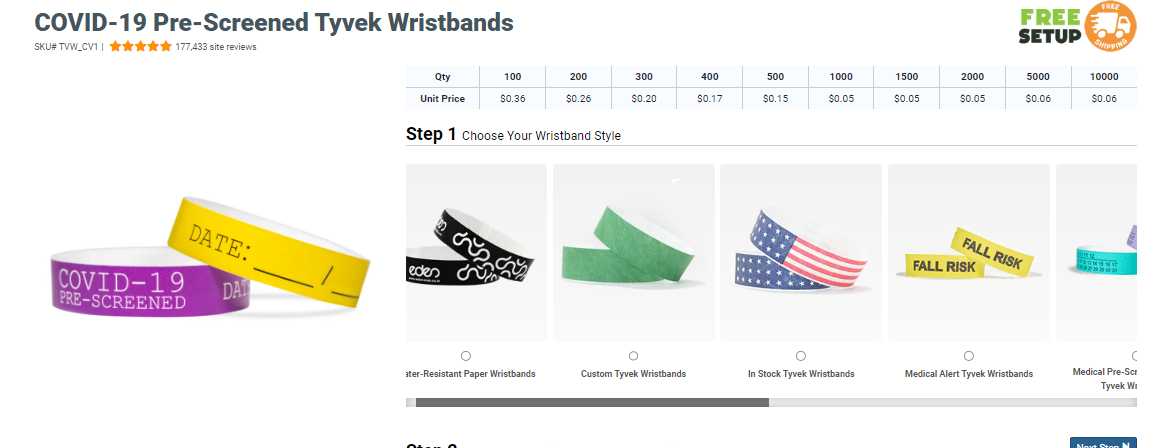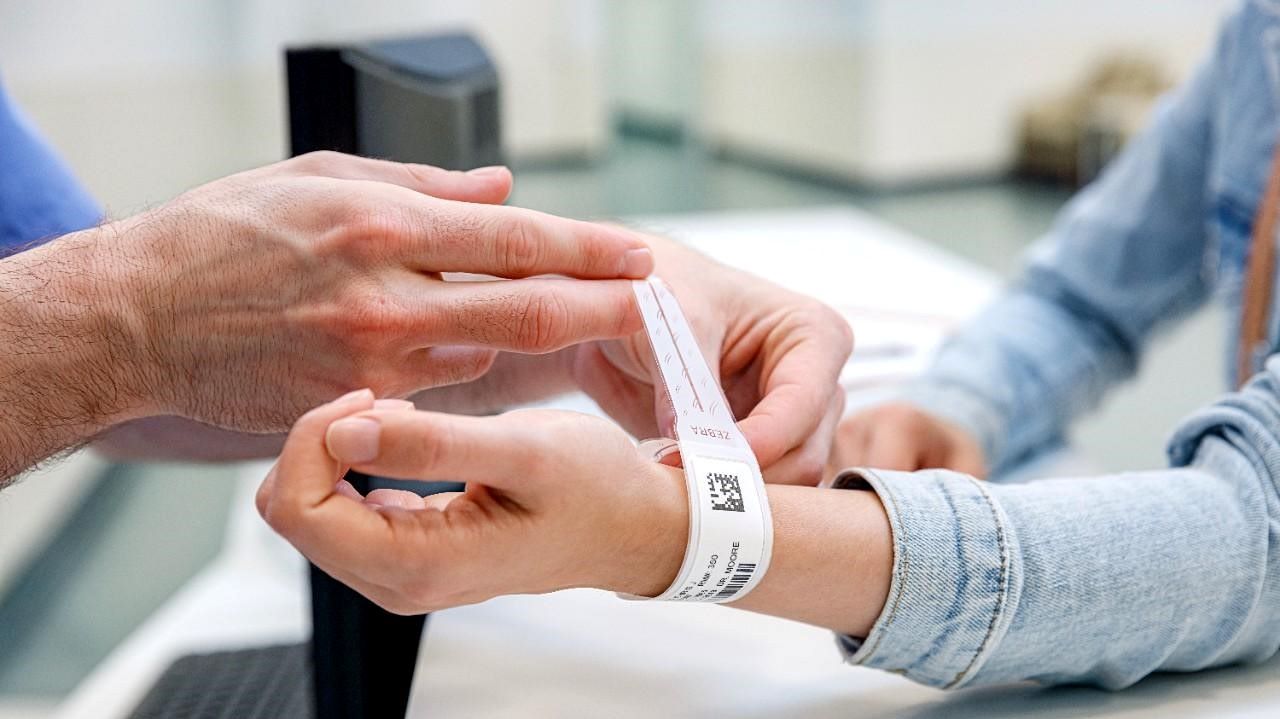
In recent times, ensuring workplace safety has become a top priority for employers. One tool that has gained popularity is screening wristbands, which serve as a visual identifier for employees who have undergone health screenings. By implementing screening wristbands, employers can enhance safety, ensure disease control, streamline employee health screening, and promote a culture of health and well-being within the organization.
This article explores the benefits of using screening wristbands in the workplace and provides a comprehensive guide on their effective implementation.
Importance of Workplace Safety:

The well-being of staff has a direct impact on how they perform their job responsibilities and the efficiency of the firm overall. Good health conditions of staff is now a business necessity. Accidents, diseases, and outbreaks at work can have serious repercussions like decreased productivity, substantial healthcare expenses, and damage to reputation.
Implementing proactive safety measures and employee health screenings and regular temperature checks demonstrates an organization’s commitment to protecting its workforce and can lead to higher employee morale and job satisfaction. Screening tests can also help uncover underlying health issues of staff which might have gone undetected otherwise.
Understanding Screening Wristbands at Workplace:
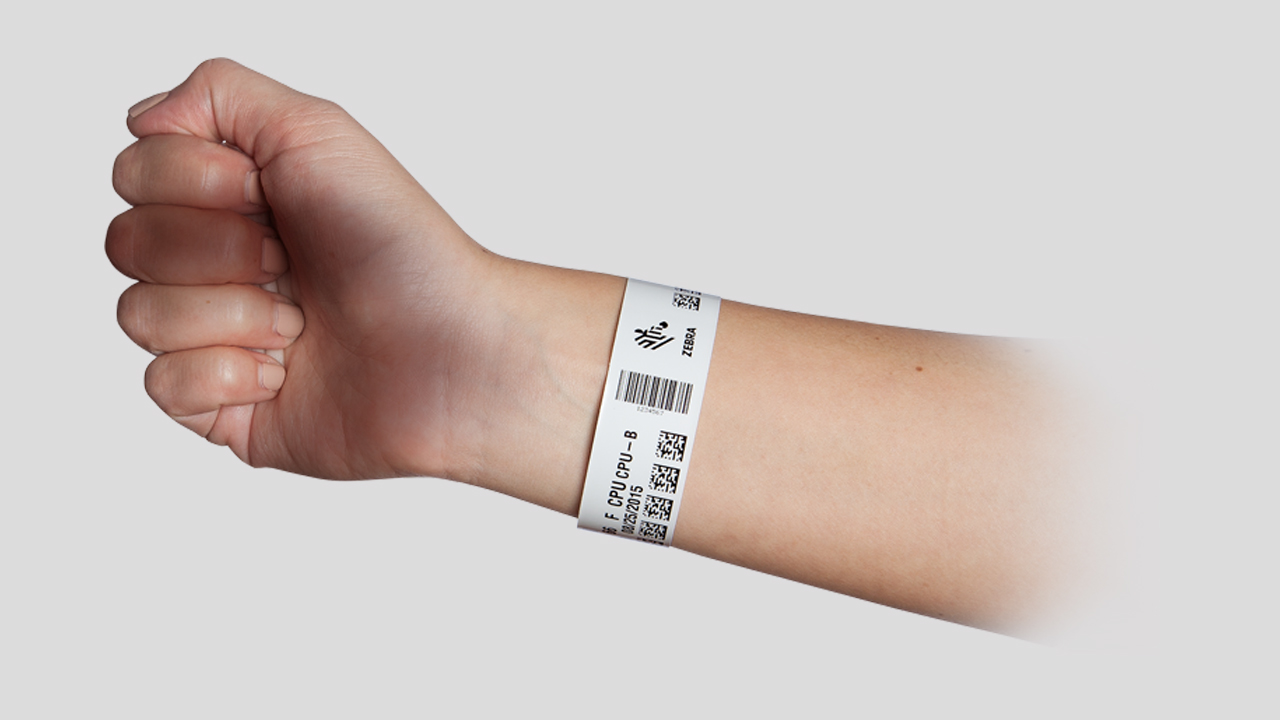
Wearable identification devices such as screening wristbands provide better understanding about a staff member’s health screening status. These wristbands are used as a visual cue to identify those who have successfully completed required screenings, such as COVID-19 testing, temperature checks, mental health assessments, drug and alcohol tests, medical history, and other health evaluations.
Types of Screening Wristbands:
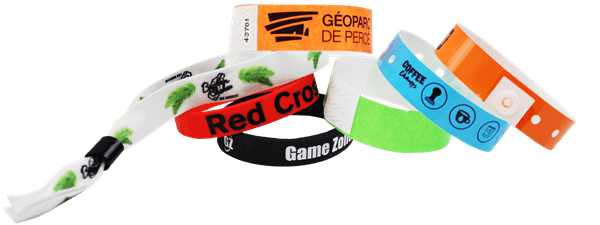
There are various types of screening wristbands available, including color-coded wristbands, RFID-enabled wristbands, and QR code wristbands. Color-coded wristbands are the simplest form, using different colors to represent different screening statuses. Many organizations use RFID-enabled and QR code wristbands that provide additional functionalities, such as real-time data tracking and contactless verification.
Key Features and Components:
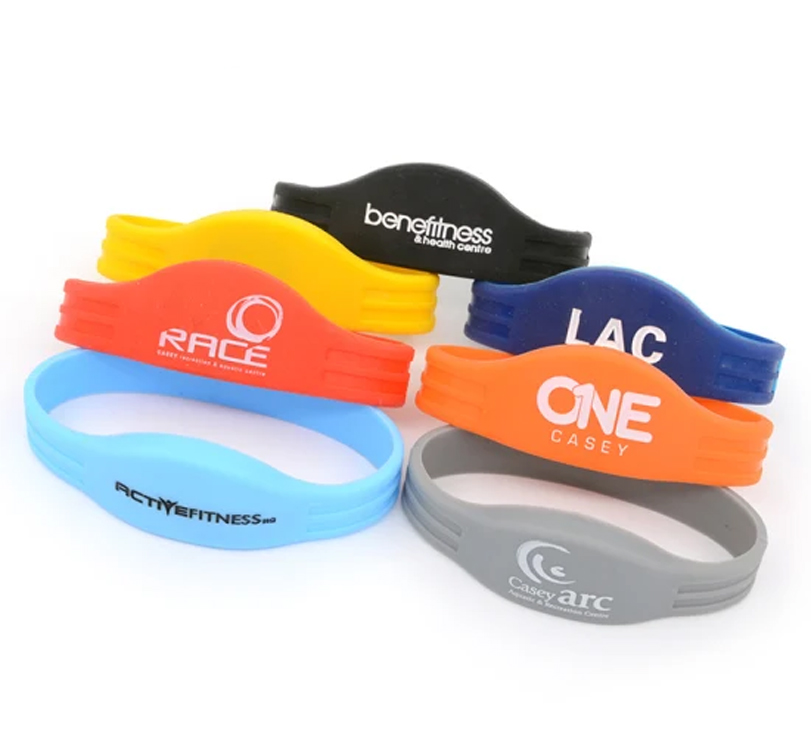
A sturdy band material, a closure mechanism, and an obvious indicator (such as a color, RFID tag, or QR code) are the main components of screening test wristbands. Advanced wristbands might be equipped with extra features like GPS tracking or temperature sensors. Features should be selected in accordance with requirements and criteria unique to the organization’s health assessment.
Benefits of Screening Wristbands:
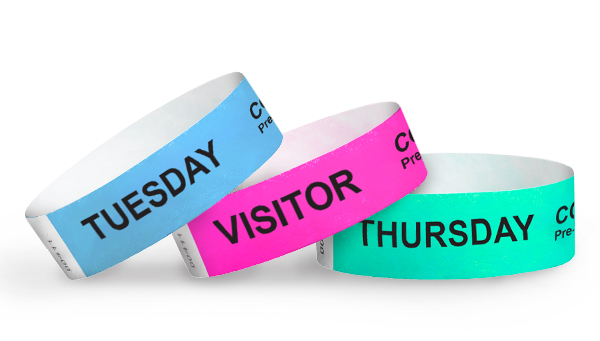
Implementing screening wristbands offers several benefits for organizations:
Visual Identification and Communication:

Screening wristbands provide a clear visual signal to identify individuals who have undergone health assessments. This allows employees and visitors to quickly and easily recognize colleagues who are adhering to safety protocols, enabling effective social distancing and reducing the risk of potential exposures. These wristbands can also inform about an employee’s potential health risks or overall health.
Streamlining Health Screening Processes:

By incorporating screening test wristbands, organizations can streamline the employee health screening process. Wristbands facilitate efficient identification, verification, and monitoring of employees health status, reducing the time and effort required for conducting daily in person manual checks. This streamlining can improve operational efficiency and minimize disruptions to daily workflow.
Promoting a Culture of Health and Well-being:
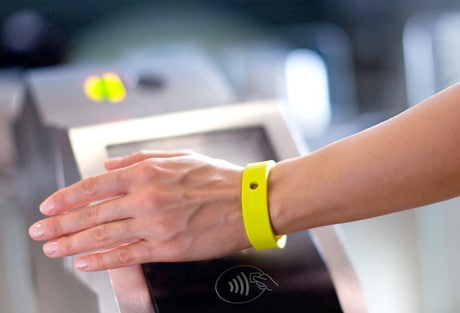
Integrating screening wristbands into the workplace sends a strong message about the organization’s commitment to employee health and safety. By prioritizing health screenings and visibly recognizing compliant employees, organizations can foster a culture of well-being, motivating employees to prioritize their health and encourage their peers to do the same.
Implementing Screening Wristbands in the Workplace:

To effectively implement screening wristbands, organizations should consider the following steps:
Establishing Objectives and Guidelines:

Clearly define the objectives and desired outcomes of using screening wristbands. Develop guidelines outlining the screening requirements, wristband colors or indicators, and any additional protocols or legal guidelines.
Choosing the Right Wristband System:
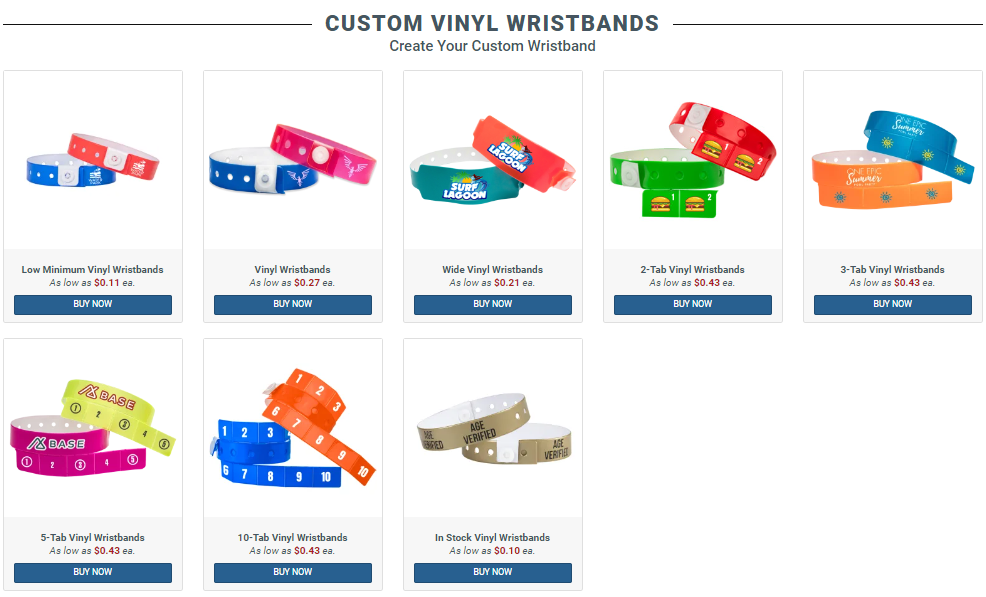
Evaluate different wristband systems available in the market and choose the one that aligns with the organization’s needs. Consider factors such as functionality, durability, ease of use, and integration capabilities with existing systems.
Training and Education:
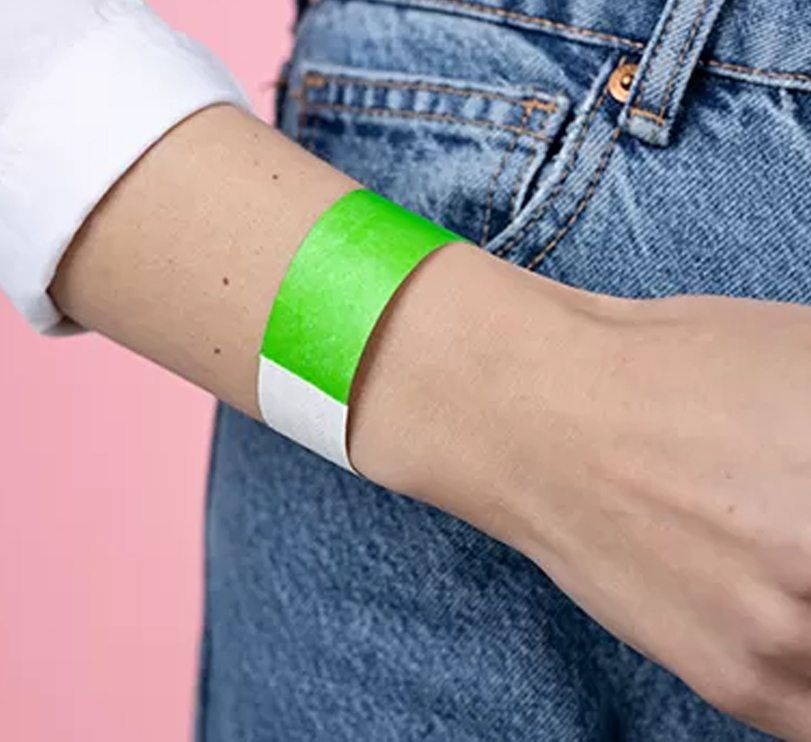
Provide comprehensive training to employees on the purpose, usage, and benefits of screening wristbands. Ensure employees understand the importance of complying with the screening protocols and the role they play in maintaining a safe working environment. Training staff can also benefit healthcare providers during an emergency to provide accurate treatment.
Communication and Transparency:
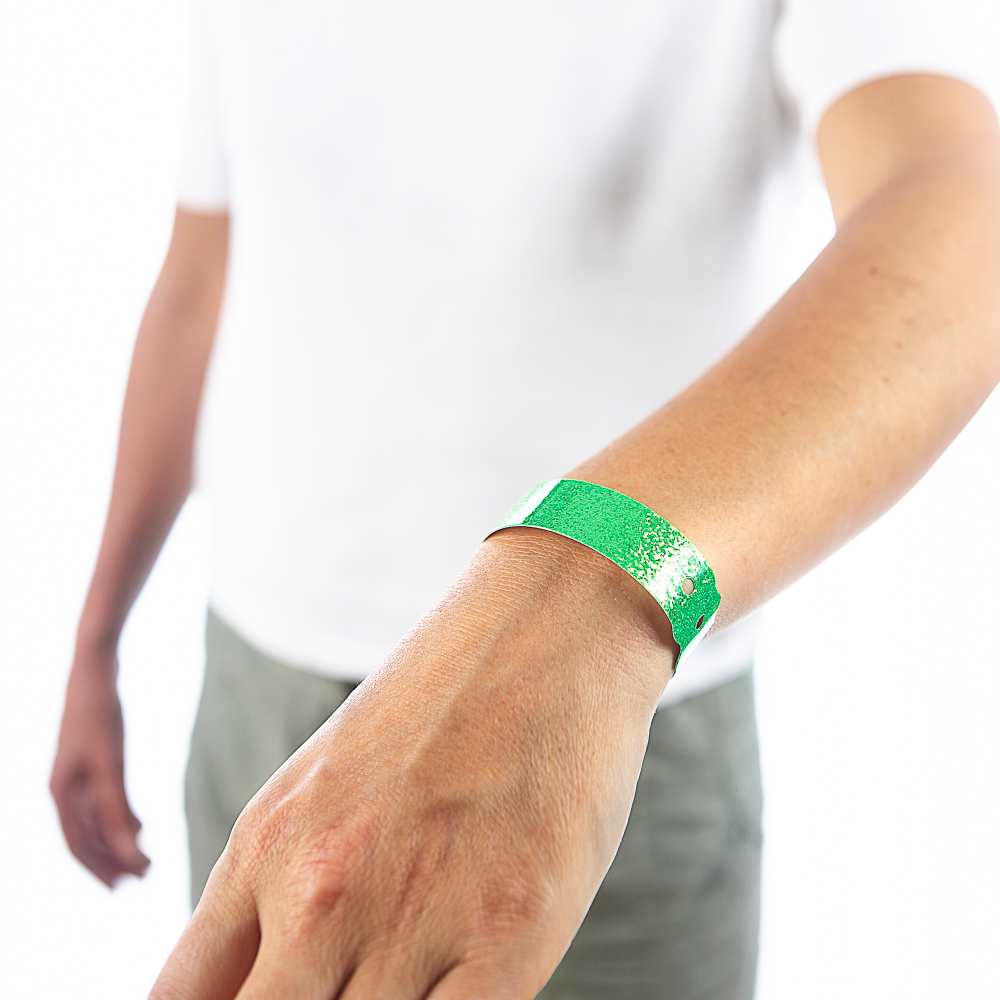
Implement clear and consistent communication strategies to inform employees about the screening wristband program. Address any concerns or questions promptly and transparently to build trust and ensure prospective employees are on board.
Privacy and Data Protection:

Develop robust privacy policies and data protection measures to safeguard employee information collected during the screening process. Adhere to relevant data protection regulations and ensure the secure storage and disposal of data.
Overcoming Challenges and Concerns:

While implementing screening wristbands, organizations may encounter challenges and concerns. Some common ones include resistance from employees, data security risks, and privacy concerns. Address these issues proactively through:
Resistance and Employee Understanding:

Communicate the benefits of screening wristbands clearly to employees, addressing any misconceptions or fears. Encourage open dialogue and address concerns to gain employee understanding and foster a positive attitude towards the implementation.
Ensuring Data Security:

Implement robust data security measures to protect employee information. Utilize encrypted systems, access controls, and regular audits to ensure compliance with data protection regulations and virtual health checks.
Balancing Privacy and Employee Rights:
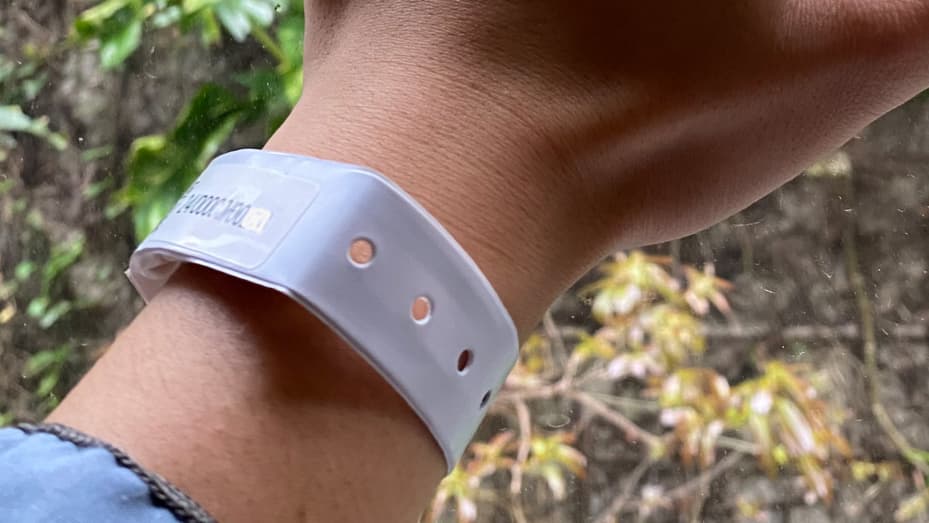
Respect employee privacy rights by clearly defining the purpose and scope of data collection. Minimize data collection to only what is necessary for health screening purposes, and obtain consent where required to screen employees. Companies must comply with legal guidelines and privacy laws for collecting employee health data.
Case Studies of Successful Implementations:

Examining successful implementations of screening wristbands across different industries can provide valuable insights of health issues. Highlight specific case studies that demonstrate the positive impact of screening wristbands in various workplace settings.
Best Practices for Effective Utilization:

To maximize the benefits of screening wristbands, organizations should follow best practices, including regular evaluation and feedback, adapting to changing requirements, and fostering collaboration and continuous improvement. Employee engagement for health screening can lead to effective utilization of best practices.
Conclusion:
Screening wristbands offer a practical solution for enhancing workplace safety, streamlining health screening processes, and promoting a culture of health and well-being. By implementing screening wristbands effectively, many organizations can ensure the safety and well-being of their employees while improving operational efficiency.
Tyvek wristbands available at 24hourwristbands.com has made the identification process easier. There are no boundaries on what wristbands can accomplish due to their extensive range of applications and customizations such as custom designs, sequential numbering, QR and Barcodes, and pull off tickets.
Everyone is now more cautious as a result of the coronavirus, and new screening techniques have been implemented as a result. Routine employee health screening tests can point out symptoms of different physical ailments, chronic illnesses, mental health issues. Certain amount of risks can be avoided if diseases can be detected on time.
For health-conscious enterprises, daily temperature checks with a noncontact thermometer for certain diseases has virtually become a business necessity. Any industry, from manufacturing and construction to the front lines of healthcare and food service, must make adjustments to be more health-conscious.
One of the best ways for diseases prevention is the use of a a brightly colored screening bracelet to individuals with no symptoms of any medical condition.
Employers can use our pre-printed Tyvek wristbands to implement employee health screening. Available in a wide range of bright colors, these pre-printed wristbands can be used to keep track of employee health risks. Due to their water and stretch resistant quality, these pre-printed wristbands can be worn for a long time. Made from 100% DuPont Tyvek Paper, these printed wristbands cannot be tampered without cutting off the bands. Being non-transferable, pre-printed Tyvek wristbands allows managing employee health easily.
Our Tyvek wristbands can also be customized according to the organization’s needs. They come in variety of colors and sizes. Custom artwork, logo or mottos can be directly uploaded to the site. The liner tab will need to be detached and removed to expose the adhesive closure. Each Tyvek wristband sheet has 10 wristbands with sequential numbers.
Order your screening wristbands here: https://24hourwristbands.com/shop/products/covid-19-pre-screened-tyvek-wristbands
